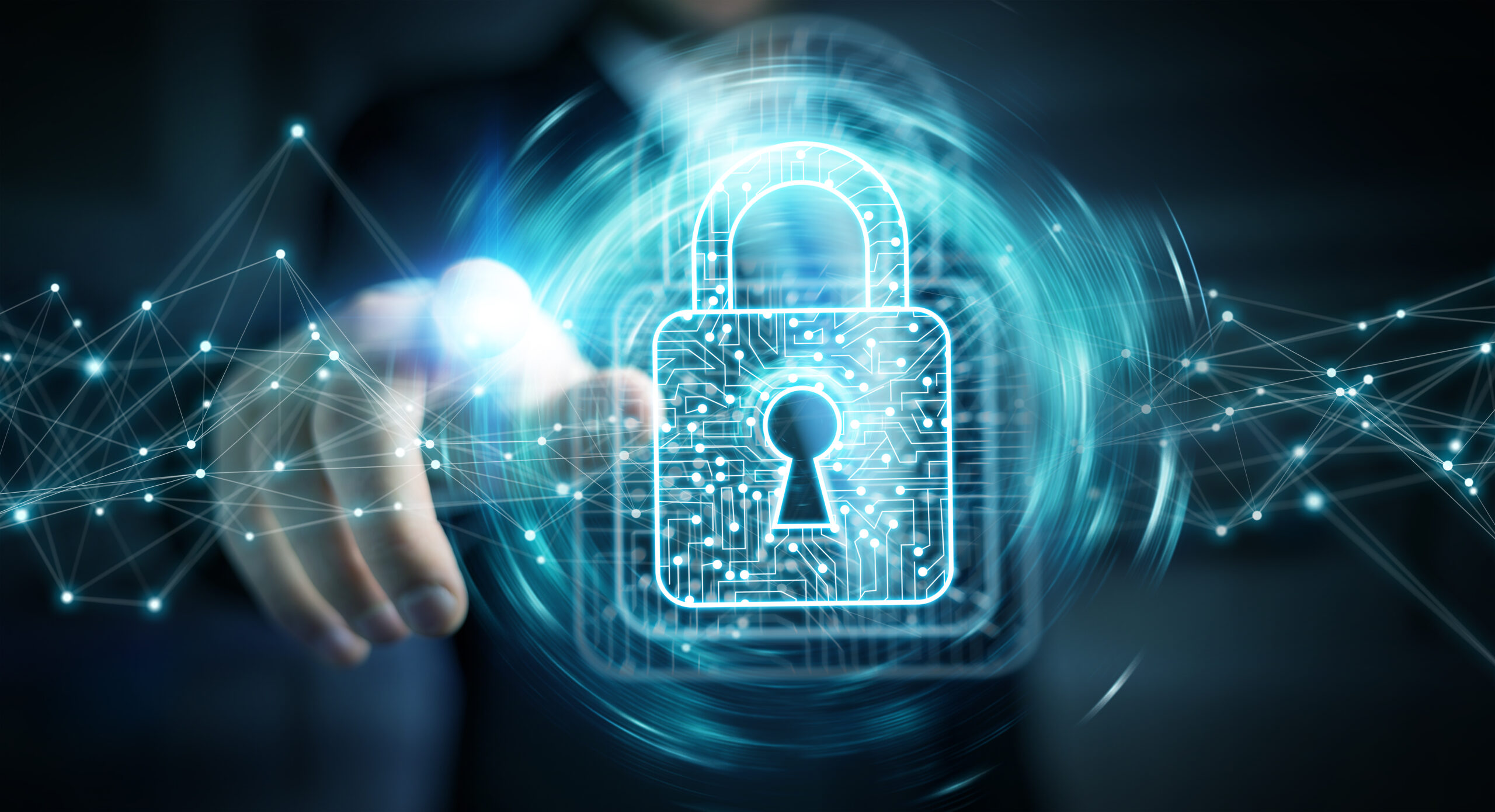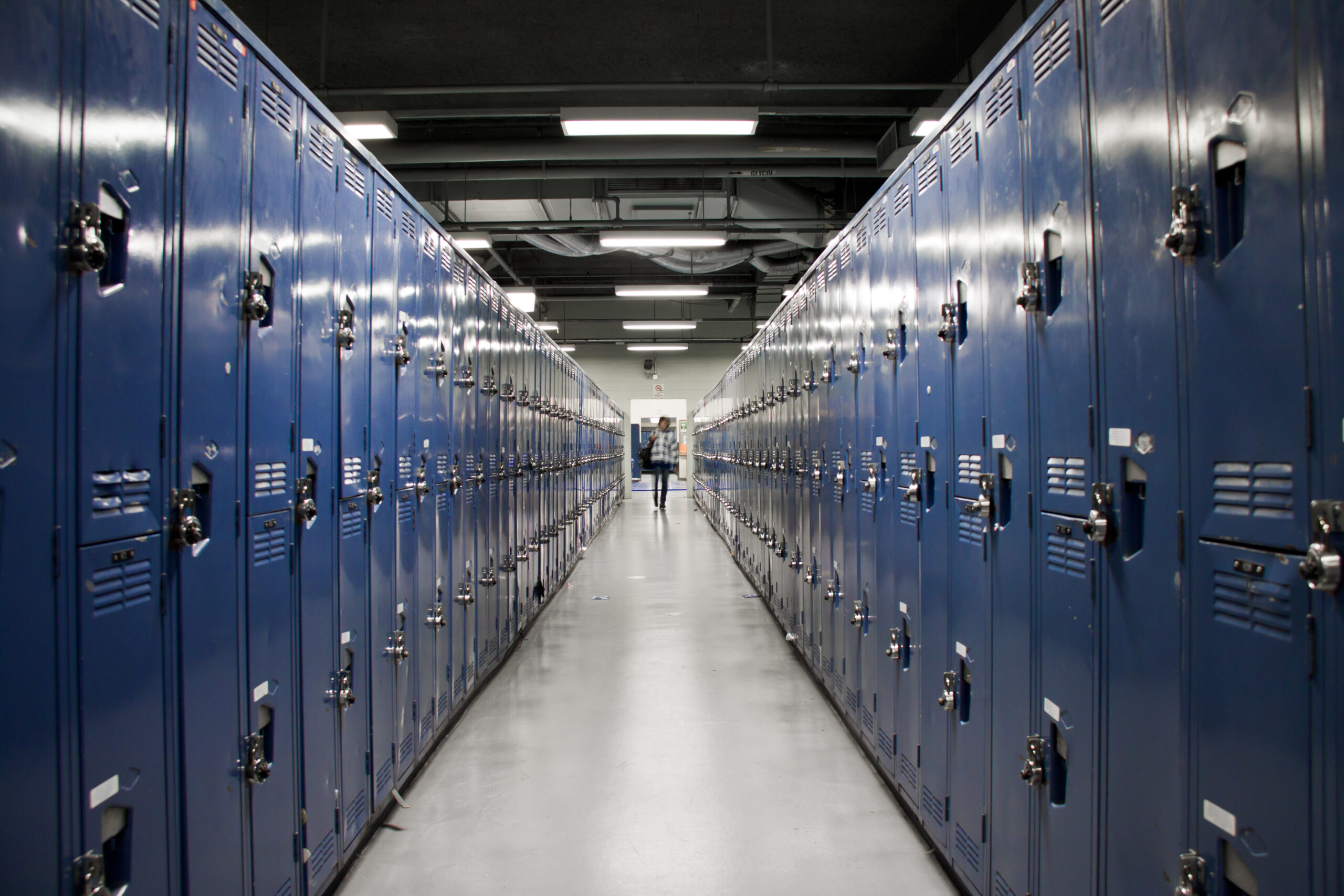Computer systems came into our lives as technology advanced, and paper usage was minimised when organisations transitioned to digital storage options. With this urgent switch in the mode of operations, the risks associated with data theft also multiplied. Cybercriminals became extra vigilant with their theft practices and started stealing data with manipulative means.
In the old-age traditional phase, there were firewalls, encryptions, secure access controls, and many more options to protect the data. However, we see that the need to have security has advanced, and old methods are not sufficient against cyber criminals. The gore truth is that the growing threat of data breaches leads to the need for cloud security data protection measures.

The Growing Threat of Data Breach
Computer systems came into our lives as technology advanced, and paper usage was minimised when organisations transitioned to digital storage options. With this urgent switch in the mode of operations, the risks associated with data theft also multiplied. Cybercriminals became extra vigilant with their theft practices and started stealing data with manipulative means.
In the old-age traditional phase, there were firewalls, encryptions, secure access controls, and many more options to protect the data. However, we see that the need to have security has advanced, and old methods are not sufficient against cyber criminals. The gore truth is that the growing threat of data breaches leads to the need for cloud security data protection measures.
Why Do You Need Smart Lockers?
You have already read about the emergency of data protection and how urgent it is to implement those measures. Those are the reasons we need smart locker kiosks. The essentials, such as trade secrets and valuable assets, are the primary elements of this whole agenda of protection. You can effectively say bye-bye to any sort of data breaches and physical threats and take a breath of relief when you have the support of these self-service lockers. These intelligent innovations employ a unique combination of robust security and bleeding-edge technology to make these things possible.
How Does a Smart Locker Work?
Here are a few elements to keep in check and understand the workings of smart locker kiosks. Enjoy the secure and convenient way to store sensitive information and assets.
Authentication
To begin with, anything, if you must, then please begin to authenticate yourself through biometrics, such as fingerprint or facial recognition. Another way to authenticate yourself is by multi-factor authentication. This guarantees that only authorised personnel can access the contents.
Secure Storage
The next step after authentication is that you can deposit or retrieve the items from the locker. To skyrocket the idea for future generations, you must be pleased that these lockers are designed to protect your products or data against physical theft. So, with sturdy construction and tamper-evident features, you can check if anyone has stolen your stuff.
Audit Trail
After securing the storage, you must maintain an audit trail of all the interactions. Here, you may keep a detail of everyone, including who has accessed the locker, when they accessed it, and what items were taken out of it. This information is invaluable for monitoring and accountability.
Remote Management
Administrators can remotely manage the lockers, granting or revoking access permissions and monitoring locker usage in real-time.

Benefits of Smart Locker Kiosks
Here are the benefits of smart locker kiosks. Read about them.
Enhanced Security
Can you imagine how beneficial it is to incorporate smart locker kiosks to create a secure physical barrier to protect sensitive items? You’d be surprised to see the effect of the combination of biometric authentication and tamper-evident elements ensures that only official personnel can access the contents.
Accountability and Transparency
If you go back and revisit the working of the smart locker kiosk, the audit trail generated by Smart Locker Kiosks offers unparalleled transparency. So during the event of a breach or unauthorised access, you can quickly identify the responsible party and take appropriate action.
Scalability
It is astounding to see that locker kiosks are doing an excellent job of high scalability, making them appropriate for organisations of all sizes. Whether you need to secure a handful of assets or an extensive collection of trade secrets, Smart Locker Kiosks can adapt to your needs.
Convenience and Efficiency
Through smart locker kiosks, you can streamline the process of storing and retrieving sensitive items. You can access your belongings quickly and conveniently, reducing the time and effort required for manual storage and retrieval.
Compliance
There are some industries that follow strict regulatory requirements, such as healthcare or finance. These industries can benefit from locker kiosks and cloud kiosk information protective measures. You would be surprised to know that keeping a check on your data security and keeping up with your privacy standards is a cakewalk for these smart lockers.
Where Can You Apply Smart Locker Kiosks?
Before reaching a conclusion, let’s get to know about some of the industries that benefit from smart locker kiosks. The huge need to protect data has amalgamated with the need to have locker kiosks. There are various industries that opt for smart locker kiosks. To name them, let’s start with the research and development industry, legal firms and financial institutions, manufacturing and logistics companies, healthcare facilities, and hospitals. All these institutions have enjoyed the everlasting impact of smart locker kiosks.
Parting Words
The battle is never-ending against cyber threats and data breaches. Therefore, innovation is the key to stay ahead. It is a hard pill to swallow, but yes, the traditional approaches of adaptability and transparency have been left redundant. It is none other than these smart locker kiosks that have been redefining cloud data protection. And that day is not far when advanced security features like this become an integral part of data security strategies globally.



